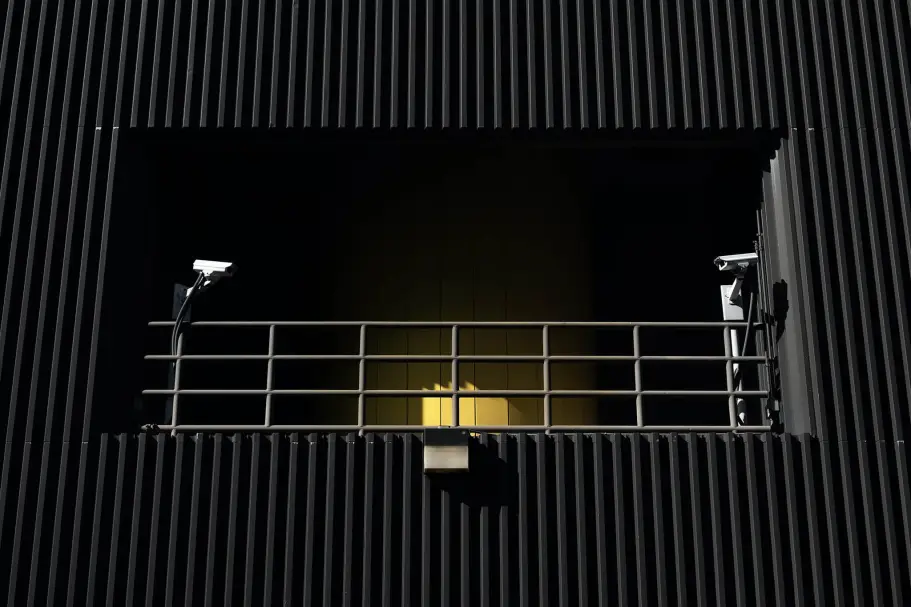

Allowing people into your home or property when you’re not there used to be either leaving a key under a doormat, or a complicated business of sending a set of keys by courier or asking a neighbour to hold a set – none of which are particularly convenient options.
They are usually metal boxes with a hinged, opening front secured by a combination lock in which you can store a set of keys. They are fitted to a wall using bolts that go through the back and metal plate so that even if a burglar prised the box from the wall, the keys are still locked inside.
Other designs can be hung from a metal post or rail. You can choose from a variety of combination locks, from a simple, four-wheel device with the numbers zero to nine on each, or a more complicated push-button device with both letters and numbers.
Most key safes arrive with a ‘factory setting’ code in them. This is typically 0000 or 1234. It’s vital that you read and thoroughly understand the instructions before setting a new code, as the last thing you want is to fiddle about with a new combination only to discover you don’t remember what it was when you needed your keys.
Take a photo to share with trusted people, or jot it down somewhere secure.
Many key safes are designed to be screwed or bolted to a wall and it’s most secure to attach to a brick or stone wall, though you can also mount it on wood. In this case, even if a burglar attempted to take it off the wall, they would still need to be able to open the safe to get at the keys. Another option is one with a metal rope or chain, that you can hang from a metal post or rail. This is particularly suitable for buildings such as garages and outhouses.
Always check with your house insurance or buy-to-let provider that you are still insured if you use a key safe – and ask if they have a preferred brand or model. You might find that you are not covered if things go missing and you have been giving the access codes to several different people.
A spokesperson from Go Compare says: “It’s always best to check with your insurer before you buy and install a key safe. Read through policy documents, and if you can’t see any explicit mention of key safes, then contact your insurer.
“Some insurers may stipulate that any type of key safe will invalidate your insurance. Others may only approve certain makes and models.
“Providers may also specify certain conditions. This might include a requirement that the key safe is installed by a professional or located in a discreet place, and that you only share your key code with a small number of trusted individuals.”

Share or comment on this article:



We use cookies to enhance your experience and ensure optimal functionality. By continuing to browse our website, we’ll assume you’re happy to receive all cookies. You can adjust your cookie preferences in your browser settings at any time.